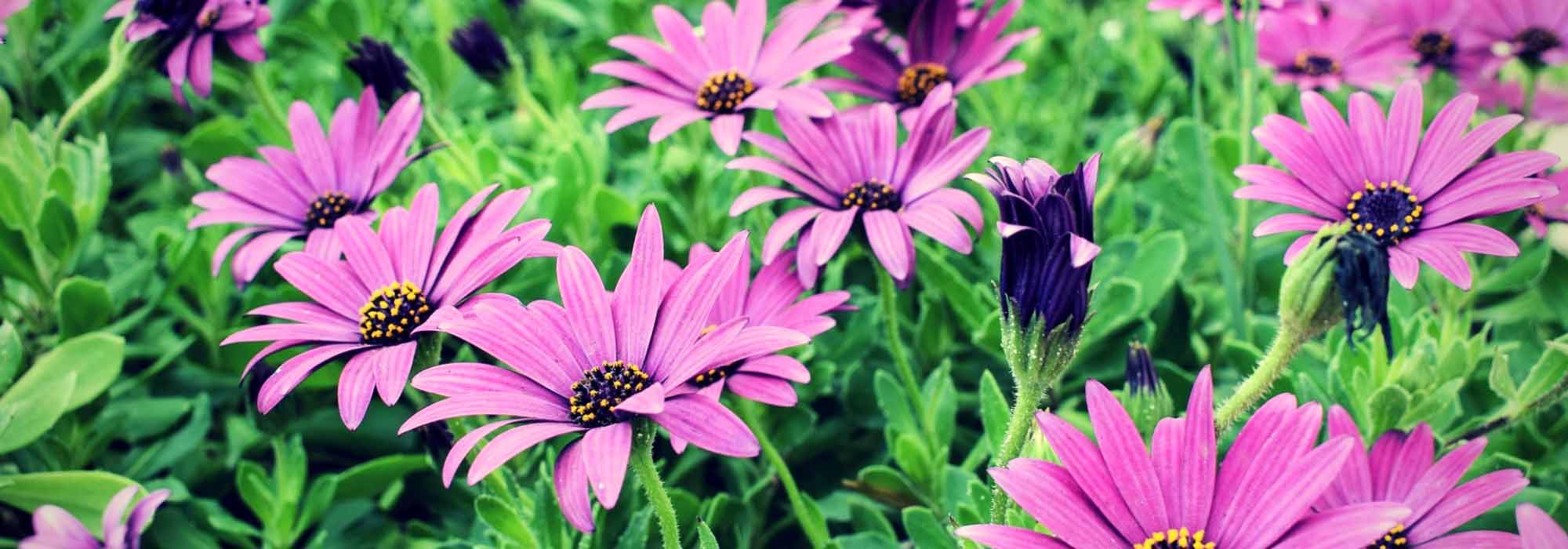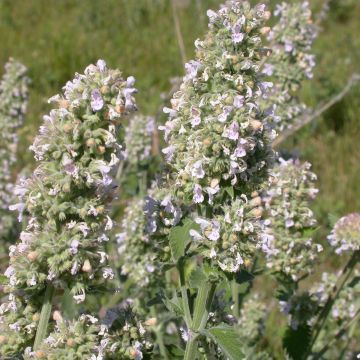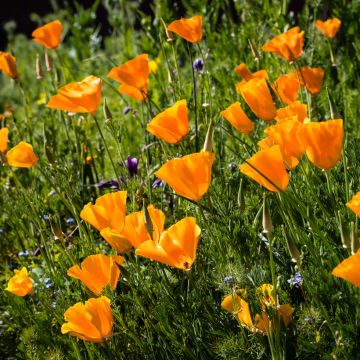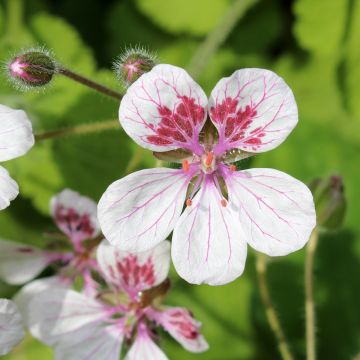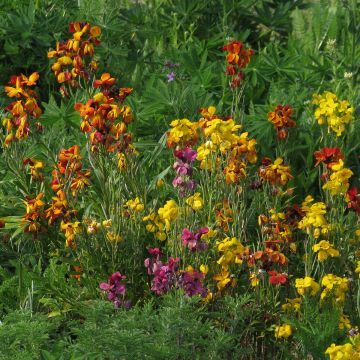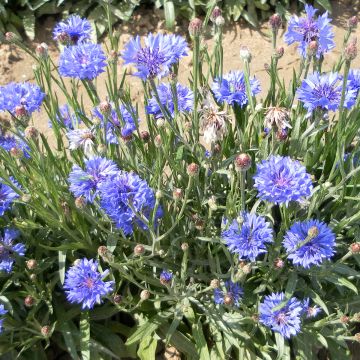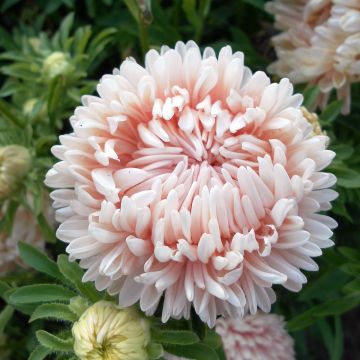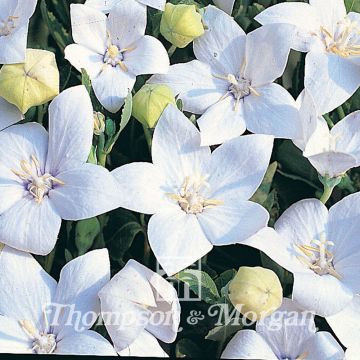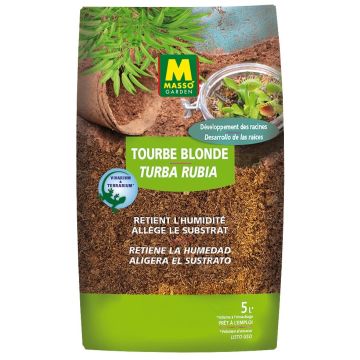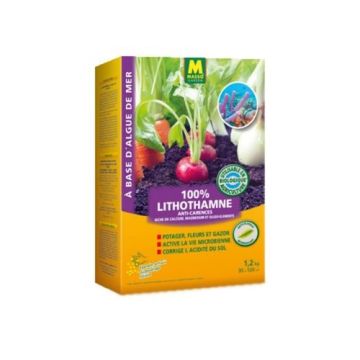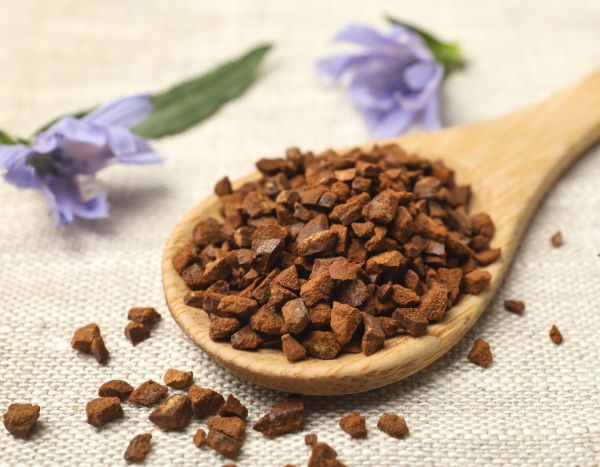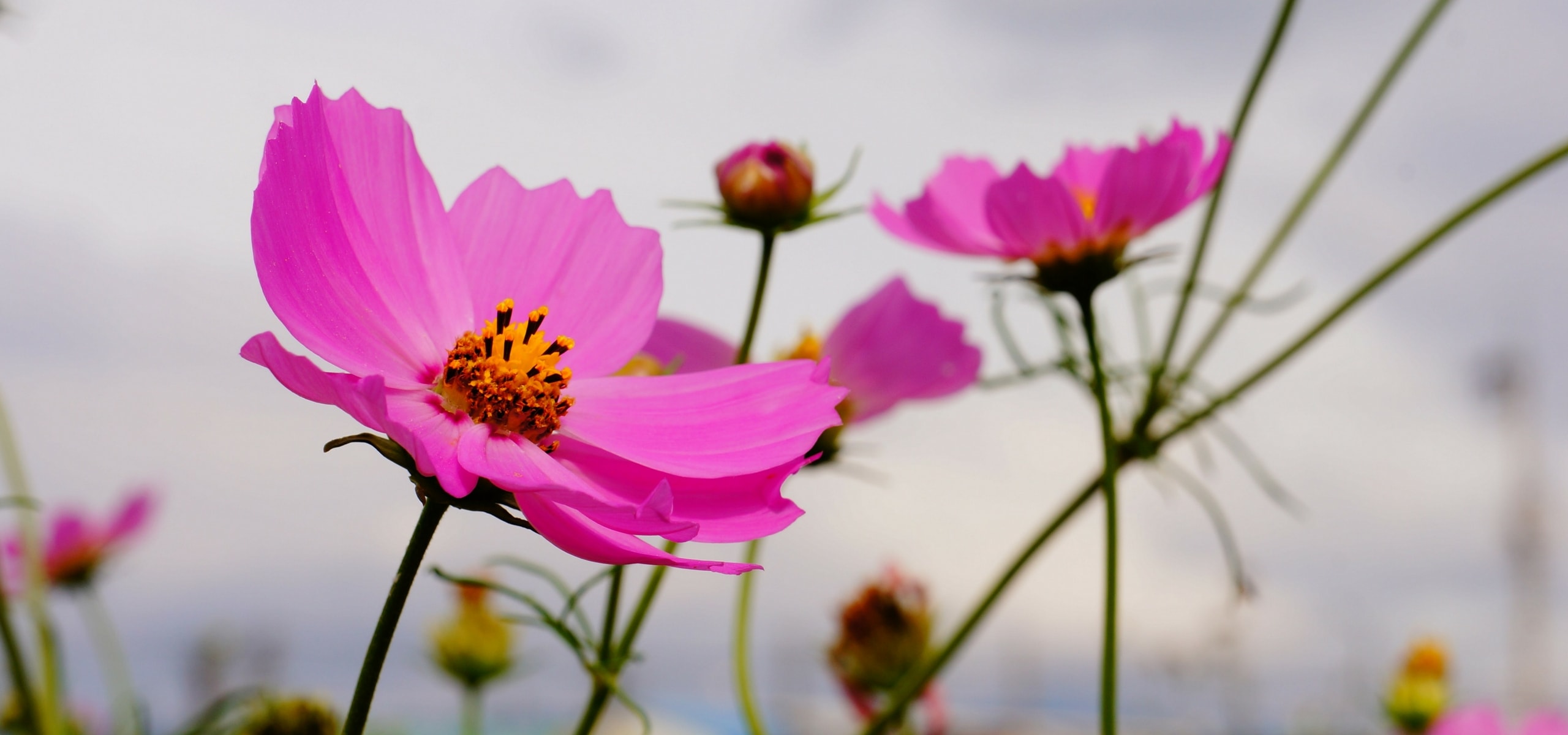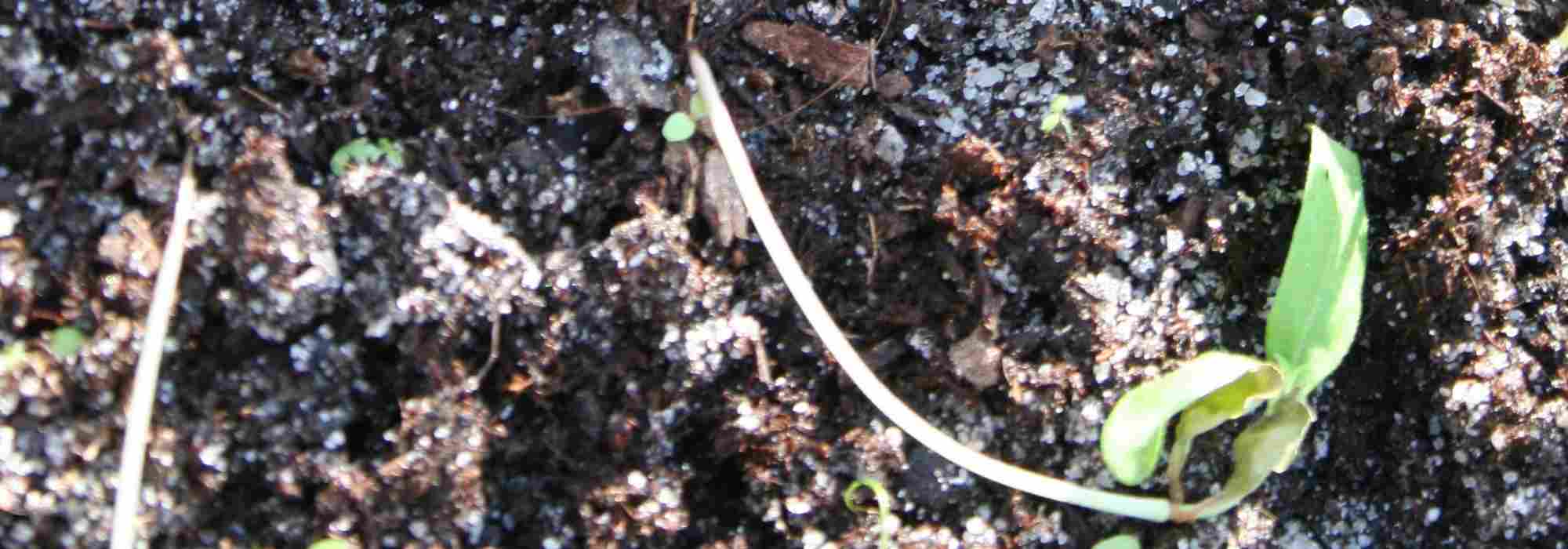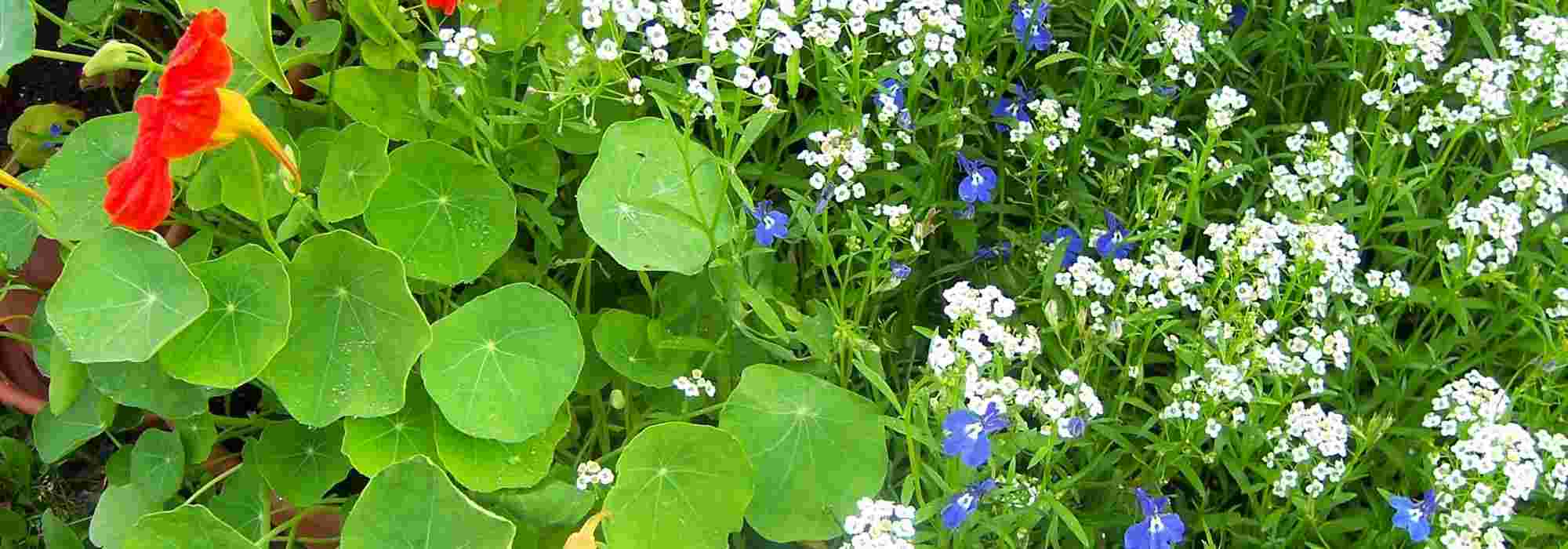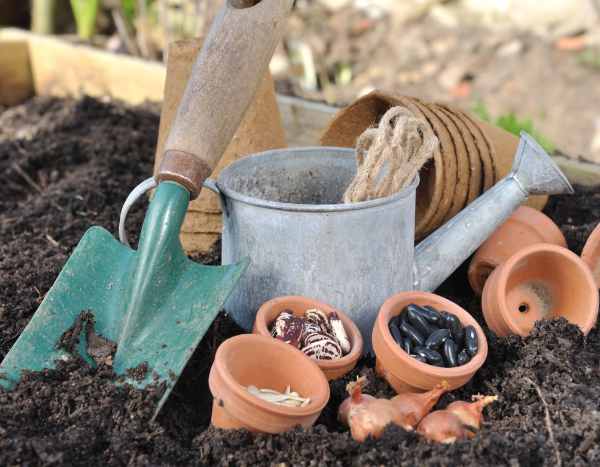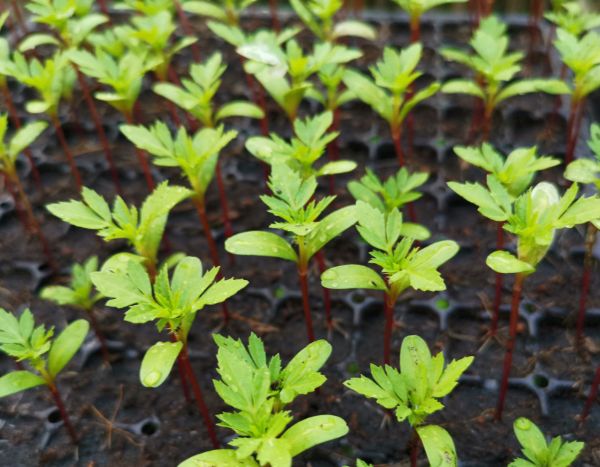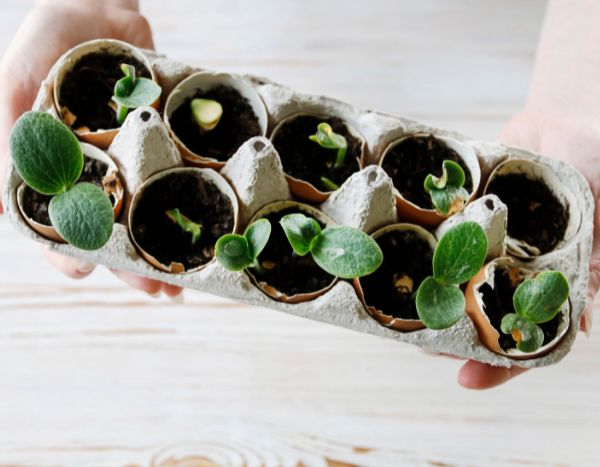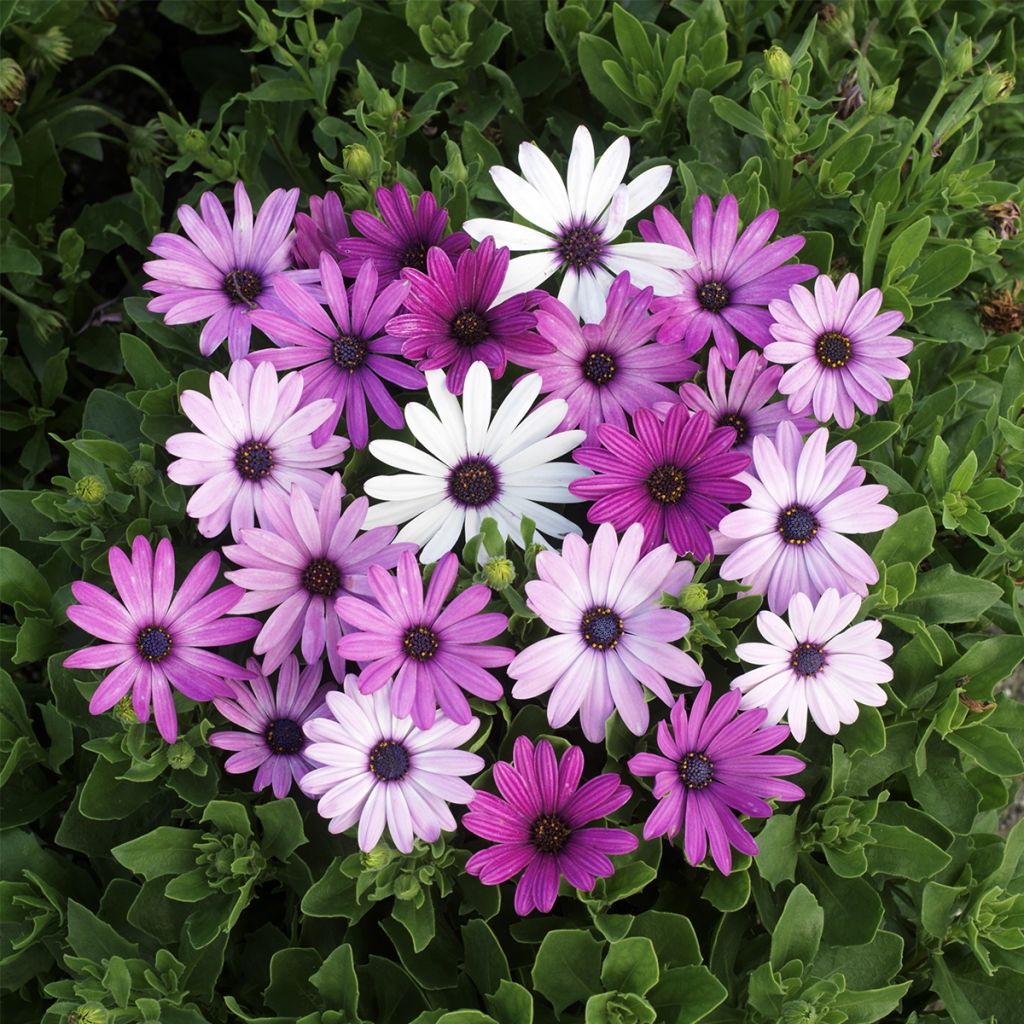

Osteospermum Passion Mixed - Cape Daisy
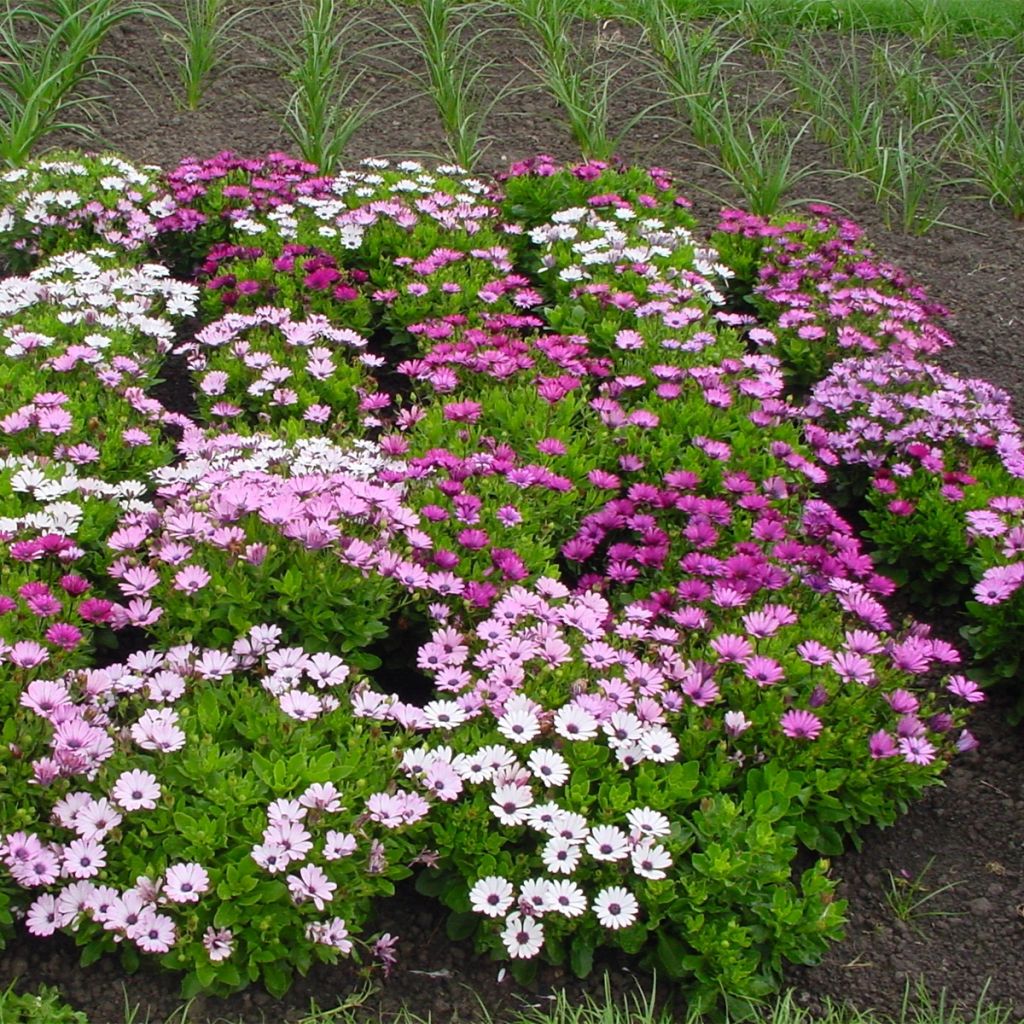

Osteospermum Passion Mixed - Cape Daisy
Osteospermum Passion Mixed - Cape Daisy
Osteospermum x hybrida Passion Mixed
Cape Daisy, Blue-eyed Daisy, African Daisy
Germination rate very low: about 20%.
Nathan, 17/04/2024
Special offer!
Receive a €20 voucher for any order over €90 (excluding delivery costs, credit notes, and plastic-free options)!
1- Add your favorite plants to your cart.
2- Once you have reached €90, confirm your order (you can even choose the delivery date!).
3- As soon as your order is shipped, you will receive an email containing your voucher code, valid for 3 months (90 days).
Your voucher is unique and can only be used once, for any order with a minimum value of €20, excluding delivery costs.
Can be combined with other current offers, non-divisible and non-refundable.
Home or relay delivery (depending on size and destination)
Schedule delivery date,
and select date in basket
This plant carries a 6 months recovery warranty
More information
We guarantee the quality of our plants for a full growing cycle, and will replace at our expense any plant that fails to recover under normal climatic and planting conditions.
Would this plant suit my garden?
Set up your Plantfit profile →
Description
The selection of Osteospermum hybrida 'Passion Mixed' offers a range of purples, pinks, and white. These perennials with daisy-like flowers and a dark blue central disc surrounded by yellow are not very hardy but tolerate both drought and poor soils and require very little care.
Osteospermum, also known as Cape daisies or African daisies, are perennial asters grown as annuals in temperate climates. They are not very hardy and are particularly susceptible to temperatures below -5°C (23°F), especially if frost occurs repeatedly. However, in mild winters, especially near the coast, they will retain their beautiful dark green foliage throughout the winter. Osteospermum offer an impressive range of colours. The selection of Osteospermum Hybrida 'Passion Mixed' presents an assortment of colours including purple, pink, or white flowers with a indigo blue to bluish-black central disc surrounded by amber yellow. They produce a profusion of solitary flowers 5 to 6 cm (2in) in diameter carried on stems up to 50 cm (20in) in height.
They grow in sandy South African soils, along steep slopes or at the base of cliffs. From their natural habitat, they have retained a preference for well-drained, poor soils and full sun. Enduring, with their long flowering period from June to October, they are appreciated by infrequent gardeners. During periods of drought, these very modest daisies simply require a little water to bounce back. To promote flowering, simply remove faded flowers.
Osteospermum blend perfectly together to create a colourful mix. The coppery tones of the 'Terracotta' variety or the white of the 'Impassion White' variety will enhance the pastel shades of the hybrida 'Passion Mixed'. They are so nectar-rich that even butterflies never tire of them. Highly noticeable in hanging baskets and easily overwintered in pots, they make generous displays.
If, by chance, you need to water them during a very hot and dry summer, do not wet their foliage. You may risk the appearance of powdery mildew. With this precaution taken, they are not very prone to diseases.
Osteospermum Passion Mixed - Cape Daisy in pictures
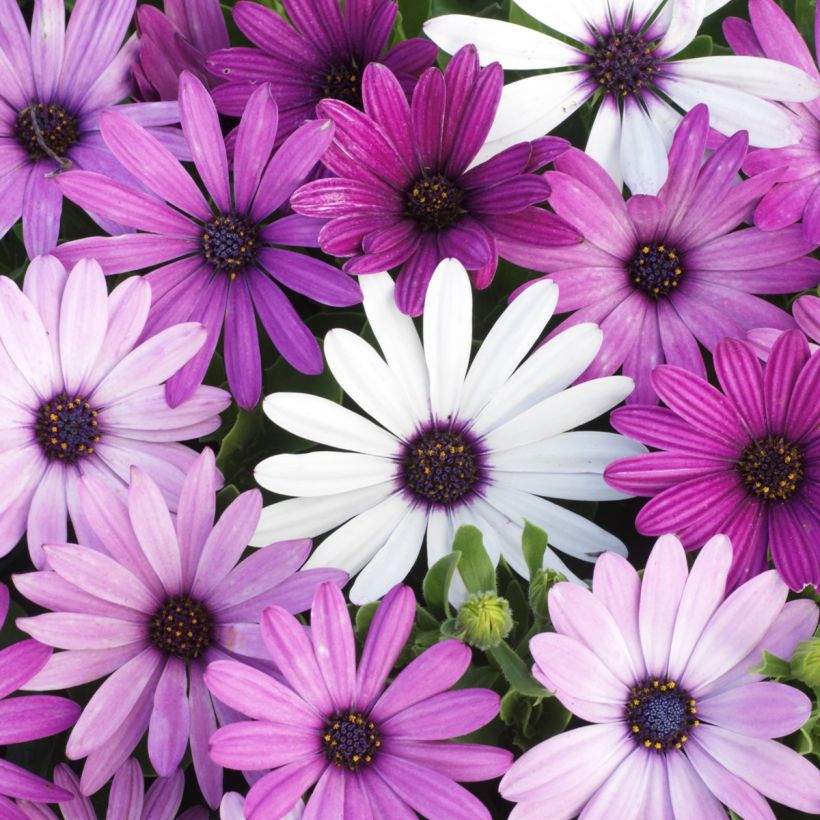

Flowering
Foliage
Plant habit
Botanical data
Osteospermum
x hybrida
Passion Mixed
Asteraceae
Cape Daisy, Blue-eyed Daisy, African Daisy
Cultivar or hybrid
Other Thompson and Morgan seeds
View all →Planting and care
Sow in early spring from March to April in a good seed compost and barely press them down, as light plays a role in germination. The substrate should remain moist without excess. You will need to wait between 10 to 15 days to see the young shoots appear if you have taken care to keep the seeds at a room temperature between 15 and 18°C (59 and 64.4°F).
When the seedlings are strong enough to be handled, repot them in larger pots to gradually acclimatise them to outdoor temperatures for about ten days. When all risk of frost is eliminated, transplant the shoots to a very sunny and well-drained location, making sure to space them at least 40 cm (16in) apart.
If by chance you have to water your Osteospermum during a very hot and dry summer, do not wet the foliage. You risk the appearance of powdery mildew. Taking this precaution, it is very resistant to diseases.
Sowing period
Intended location
Planting & care advice
-
, onOrder confirmed
Reply from on Promesse de fleurs
Haven't found what you were looking for?
Hardiness is the lowest winter temperature a plant can endure without suffering serious damage or even dying. However, hardiness is affected by location (a sheltered area, such as a patio), protection (winter cover) and soil type (hardiness is improved by well-drained soil).

Photo Sharing Terms & Conditions
In order to encourage gardeners to interact and share their experiences, Promesse de fleurs offers various media enabling content to be uploaded onto its Site - in particular via the ‘Photo sharing’ module.
The User agrees to refrain from:
- Posting any content that is illegal, prejudicial, insulting, racist, inciteful to hatred, revisionist, contrary to public decency, that infringes on privacy or on the privacy rights of third parties, in particular the publicity rights of persons and goods, intellectual property rights, or the right to privacy.
- Submitting content on behalf of a third party;
- Impersonate the identity of a third party and/or publish any personal information about a third party;
In general, the User undertakes to refrain from any unethical behaviour.
All Content (in particular text, comments, files, images, photos, videos, creative works, etc.), which may be subject to property or intellectual property rights, image or other private rights, shall remain the property of the User, subject to the limited rights granted by the terms of the licence granted by Promesse de fleurs as stated below. Users are at liberty to publish or not to publish such Content on the Site, notably via the ‘Photo Sharing’ facility, and accept that this Content shall be made public and freely accessible, notably on the Internet.
Users further acknowledge, undertake to have ,and guarantee that they hold all necessary rights and permissions to publish such material on the Site, in particular with regard to the legislation in force pertaining to any privacy, property, intellectual property, image, or contractual rights, or rights of any other nature. By publishing such Content on the Site, Users acknowledge accepting full liability as publishers of the Content within the meaning of the law, and grant Promesse de fleurs, free of charge, an inclusive, worldwide licence for the said Content for the entire duration of its publication, including all reproduction, representation, up/downloading, displaying, performing, transmission, and storage rights.
Users also grant permission for their name to be linked to the Content and accept that this link may not always be made available.
By engaging in posting material, Users consent to their Content becoming automatically accessible on the Internet, in particular on other sites and/or blogs and/or web pages of the Promesse de fleurs site, including in particular social pages and the Promesse de fleurs catalogue.
Users may secure the removal of entrusted content free of charge by issuing a simple request via our contact form.
The flowering period indicated on our website applies to countries and regions located in USDA zone 8 (France, the United Kingdom, Ireland, the Netherlands, etc.)
It will vary according to where you live:
- In zones 9 to 10 (Italy, Spain, Greece, etc.), flowering will occur about 2 to 4 weeks earlier.
- In zones 6 to 7 (Germany, Poland, Slovenia, and lower mountainous regions), flowering will be delayed by 2 to 3 weeks.
- In zone 5 (Central Europe, Scandinavia), blooming will be delayed by 3 to 5 weeks.
In temperate climates, pruning of spring-flowering shrubs (forsythia, spireas, etc.) should be done just after flowering.
Pruning of summer-flowering shrubs (Indian Lilac, Perovskia, etc.) can be done in winter or spring.
In cold regions as well as with frost-sensitive plants, avoid pruning too early when severe frosts may still occur.
The planting period indicated on our website applies to countries and regions located in USDA zone 8 (France, United Kingdom, Ireland, Netherlands).
It will vary according to where you live:
- In Mediterranean zones (Marseille, Madrid, Milan, etc.), autumn and winter are the best planting periods.
- In continental zones (Strasbourg, Munich, Vienna, etc.), delay planting by 2 to 3 weeks in spring and bring it forward by 2 to 4 weeks in autumn.
- In mountainous regions (the Alps, Pyrenees, Carpathians, etc.), it is best to plant in late spring (May-June) or late summer (August-September).
The harvesting period indicated on our website applies to countries and regions in USDA zone 8 (France, England, Ireland, the Netherlands).
In colder areas (Scandinavia, Poland, Austria...) fruit and vegetable harvests are likely to be delayed by 3-4 weeks.
In warmer areas (Italy, Spain, Greece, etc.), harvesting will probably take place earlier, depending on weather conditions.
The sowing periods indicated on our website apply to countries and regions within USDA Zone 8 (France, UK, Ireland, Netherlands).
In colder areas (Scandinavia, Poland, Austria...), delay any outdoor sowing by 3-4 weeks, or sow under glass.
In warmer climes (Italy, Spain, Greece, etc.), bring outdoor sowing forward by a few weeks.






























